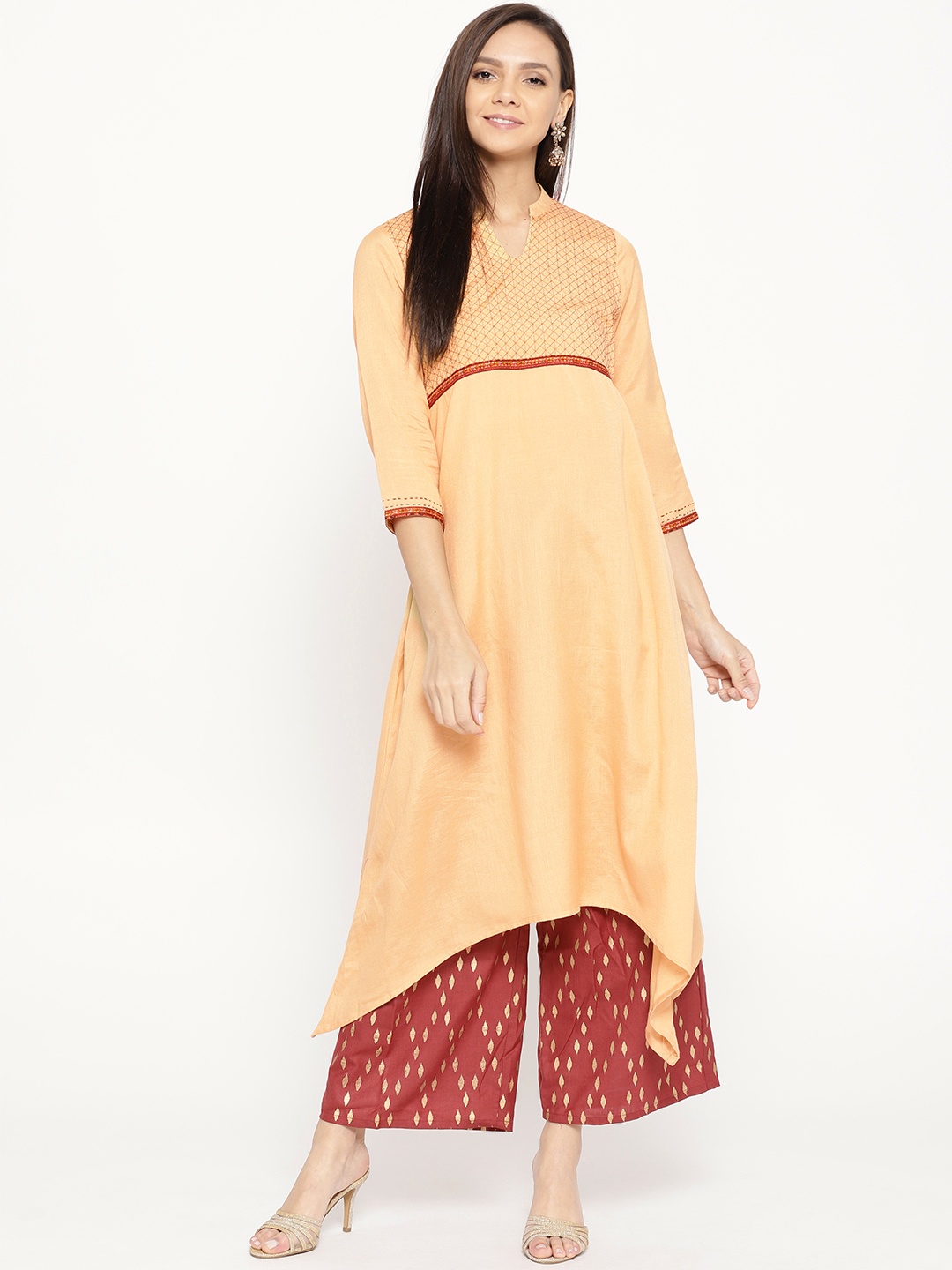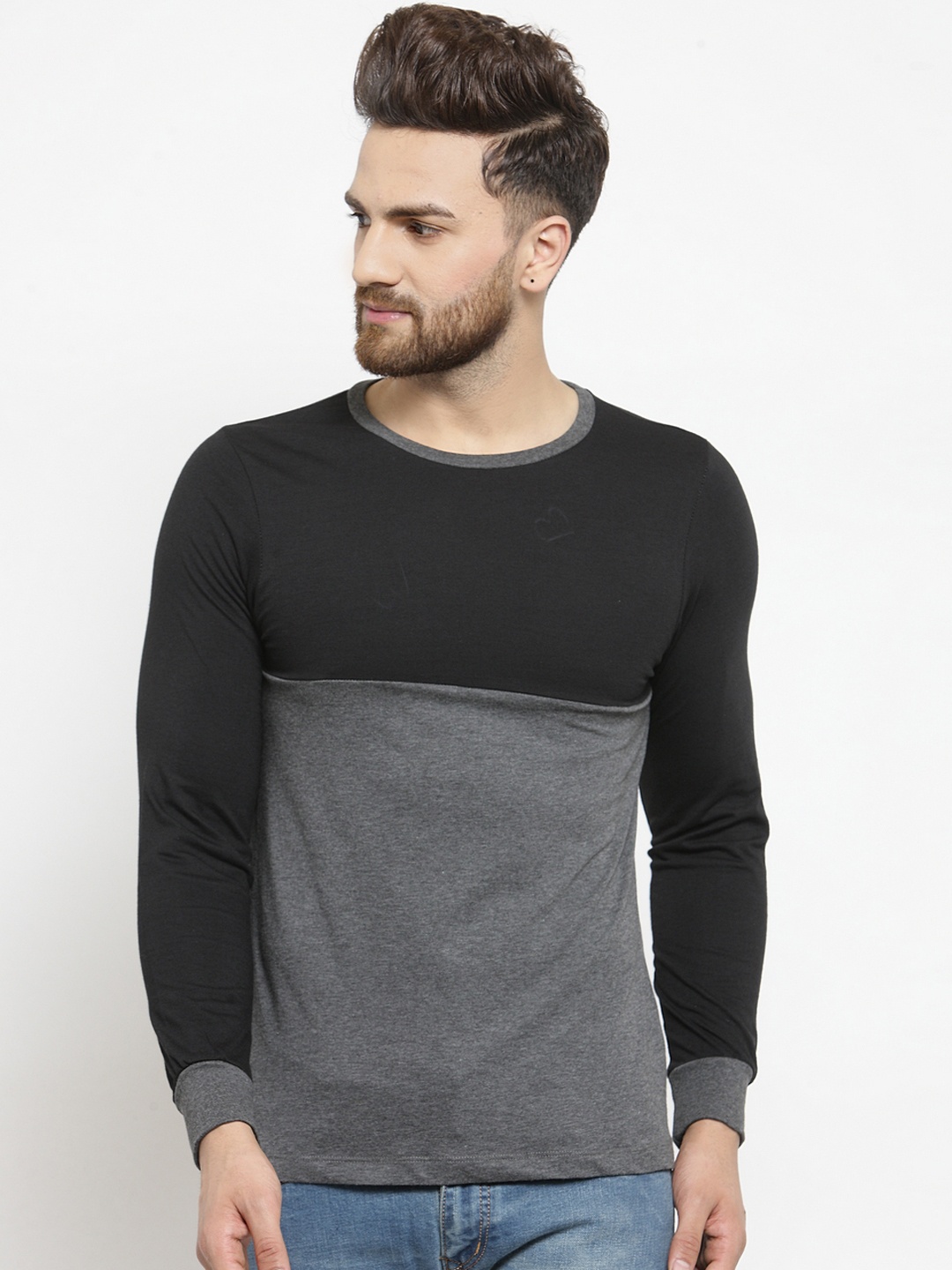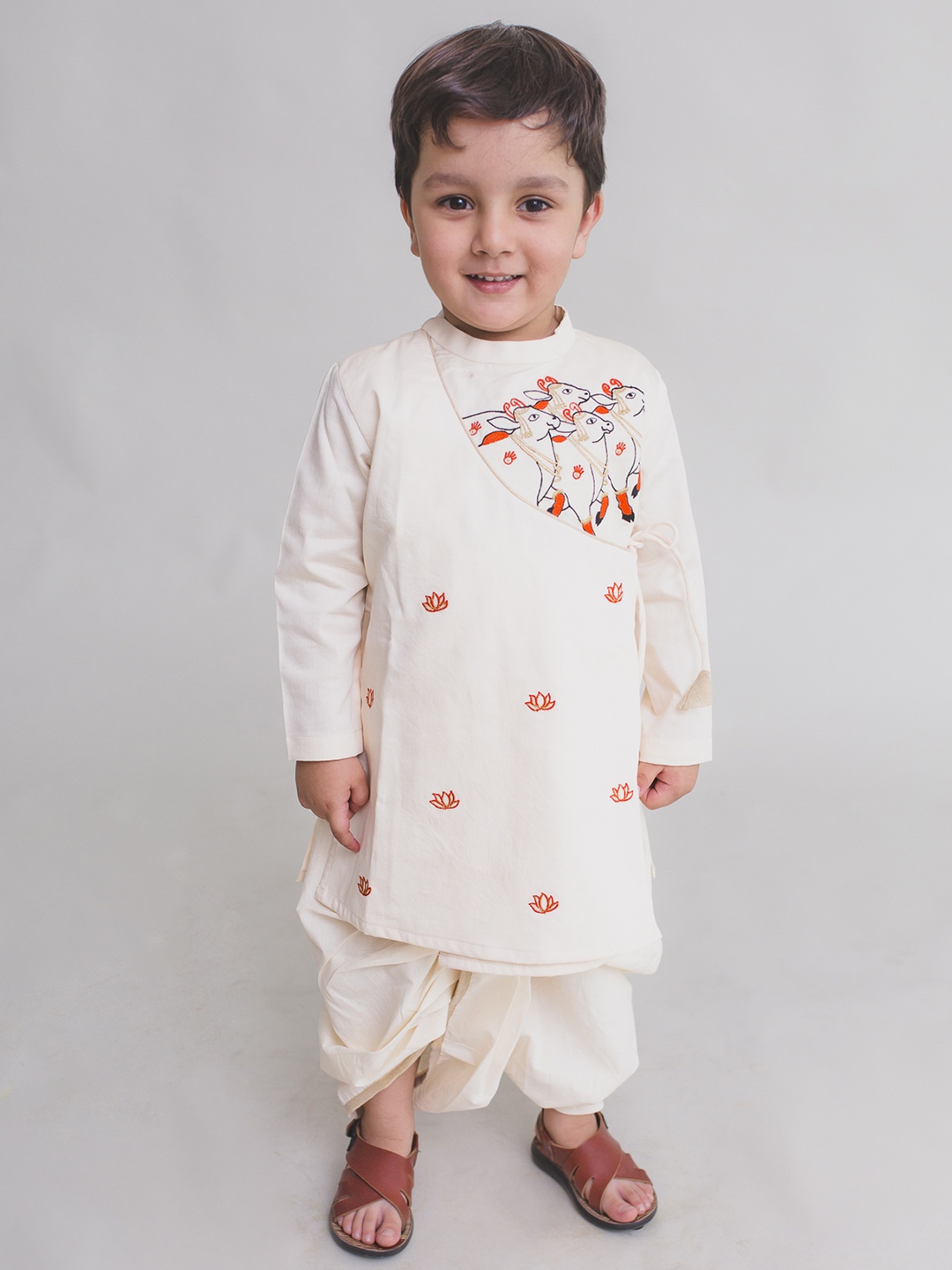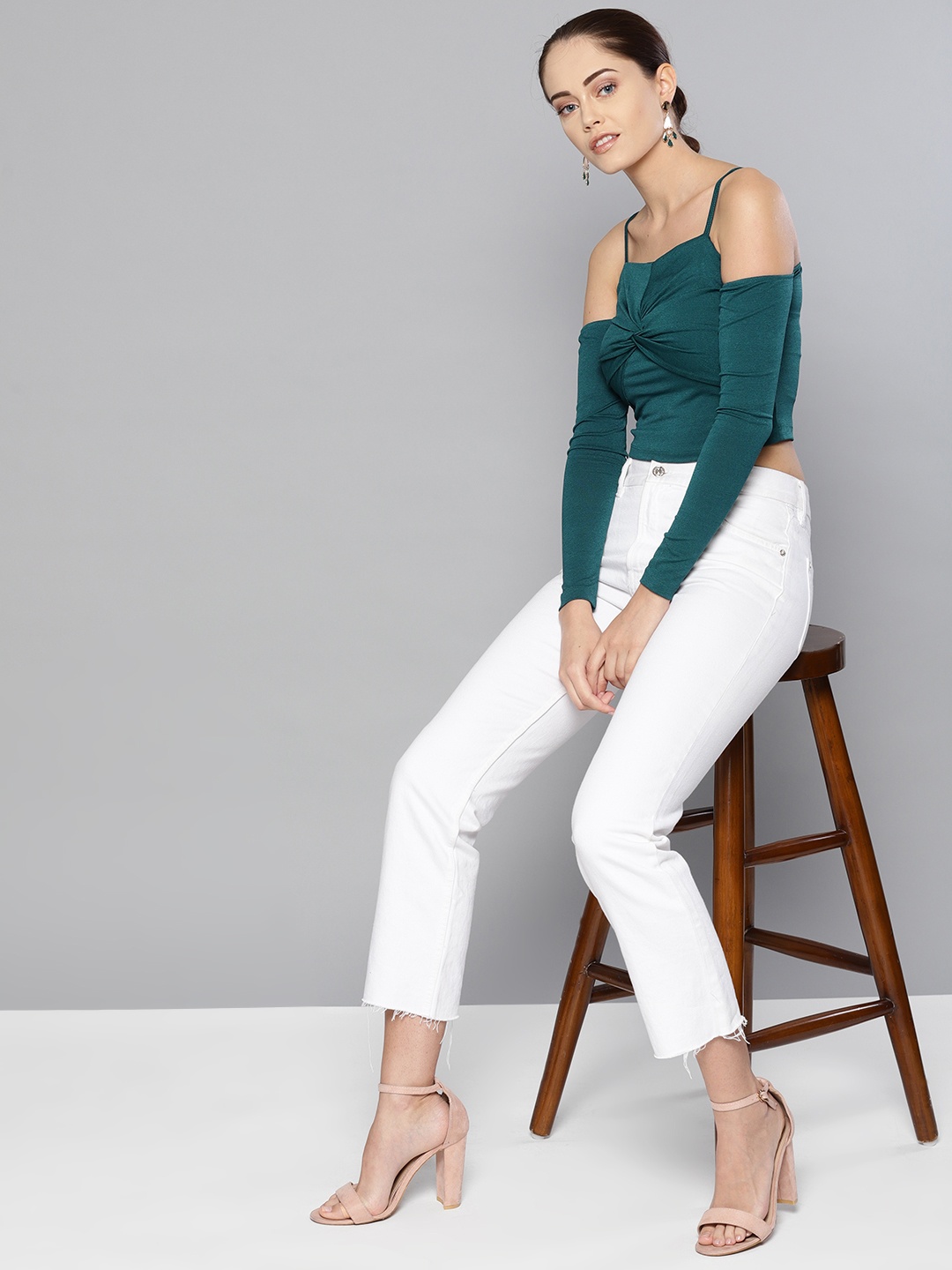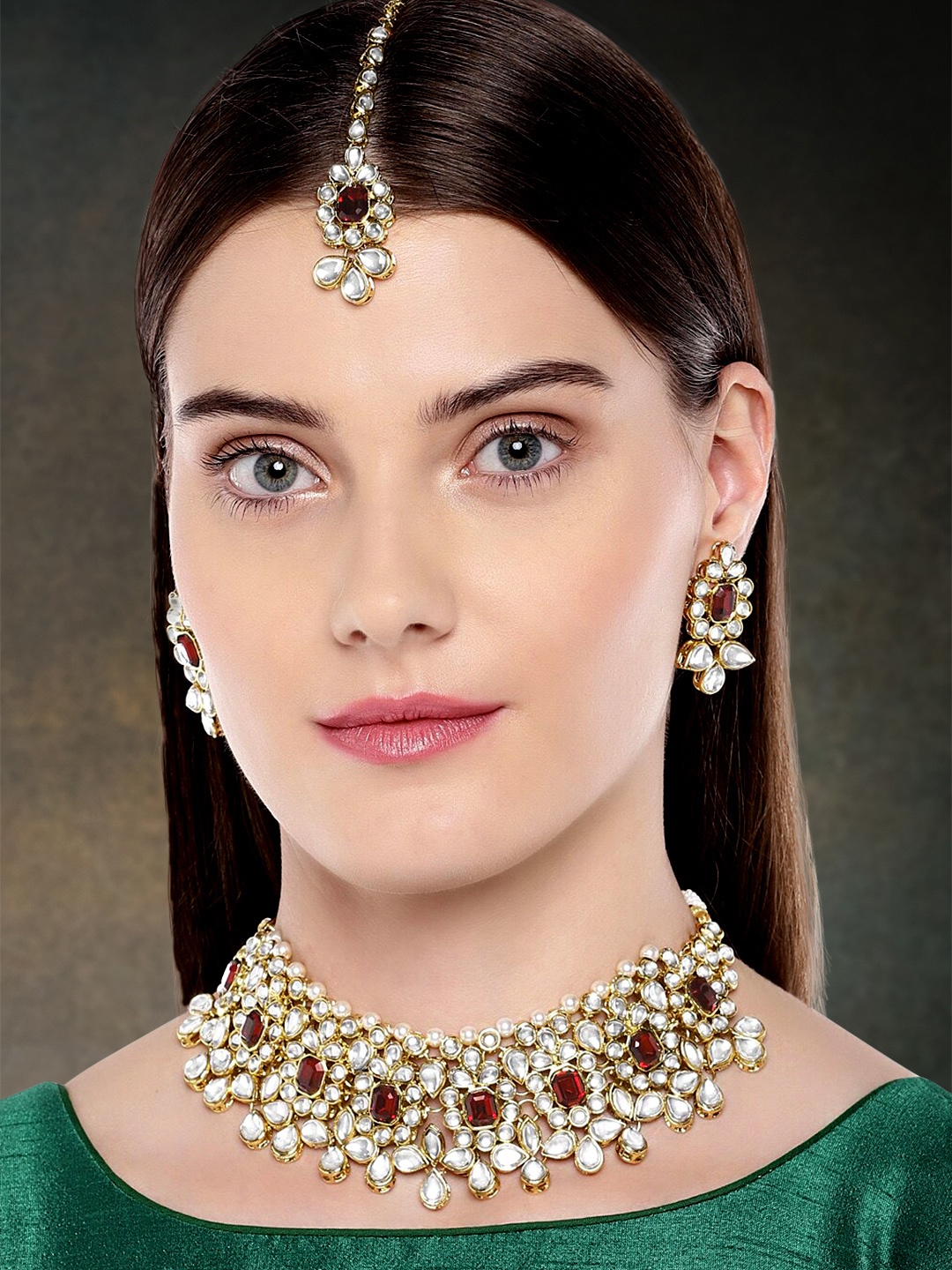Best Belts For Men With A Slight Belly: Choose The Right Width And Buckle For A Smart Fit
A well-chosen belt can quietly transform an outfit, not just by holding trousers in place, but by creating a cleaner, smarter silhouette. Let us explore how to pick the perfect belt width, buckle style and overall look that works with your body.

Belts For Men with Slight Bellies: How To Choose Width And Buckle Style.
In the world of men's fashion, belts rarely get the limelight. Shirts, shoes, and statement watches often steal the show, while the belt quietly does its duty, until, of course, it doesn't. When the waistline expands slightly (thanks to those irresistible weekend biryanis or office snacks), an ill-fitting belt can turn into a silent tormentor.
But here's the good news: style and comfort can absolutely coexist. A belt, when chosen thoughtfully, can visually streamline your shape and bring polish to your outfit. Whether dressing for work, weddings, or a laid-back Sunday brunch, the right width and buckle style can make all the difference.
Find the best belts for men with a slight belly by choosing the ideal width and buckle style for a balanced, sharp, and confident feel.

We decode here how to choose a belt that flatters, fits, and feels fantastic, even if your belly has a bit of character; Photo Credit: Pexels
Finding The Perfect Belt: 10 Style Rules for Men With A Slight Belly
1. Understanding Belt Width: The Foundation of Fit
The width of a belt does far more than people imagine. It subtly shapes how your midsection looks. For men with a slight belly, a belt that's too narrow can disappear into folds, creating a bulging effect. On the other hand, one that's too wide can cut the frame awkwardly and draw unwanted attention to the waistline.
The sweet spot? Around 1.25 to 1.5 inches (3.2 to 3.8 cm) wide. This range strikes a balance, wide enough to support trousers properly, yet slim enough to maintain a sleek silhouette. Think of it like the Goldilocks rule of belts: not too wide, not too thin, just right.
Pair a 1.25-inch belt with formal trousers for a polished office look. For jeans or chinos, a 1.5-inch option sits better and adds structure. The trick is consistency; your belt width should match the width of your trouser loops snugly. If there's too much space, it looks sloppy; too tight, and it distorts the waistband.
A well-fitted belt doesn't just hold your trousers; it subtly defines your shape and adds visual harmony to your outfit.
2. The Art of the Buckle: Finding Balance
The buckle isn't just a fastener; it's the belt's personality. For men with a slight belly, balance is everything. Oversized buckles can draw attention to the stomach area, while tiny ones can look out of proportion.
A medium-sized, flat-frame buckle works beautifully. It sits close to the body, creating a smoother front line under shirts and blazers. Avoid chunky western-style buckles or ornate designs that protrude outward; they only emphasise the belly curve.
A simple rectangular or oval buckle in matte silver, gunmetal, or brushed brass adds quiet sophistication. Think of it as a handshake, firm, confident, not showy. For formal events, keep the buckle understated; for casual outings, a hint of texture or aged finish adds charm.
When the buckle complements the body rather than competing with it, it transforms the entire outfit. It's a small detail, but in style, small things often make the loudest statements.
Also Read: Leather Vs PU: Best Men's Belts Under Rs 999 For Daily Use Without Breaking The Bank
3. Choosing the Right Material: Comfort Meets Character
Leather remains the timeless choice, but not all leather belts are created equal. A belt that's too stiff can dig into the waist, especially when seated. For men with slight bellies, flexible, full-grain leather or treated canvas works best, they bend naturally with movement.
A matte finish in dark brown or black offers versatility for formal wear. For everyday use, a slightly textured or two-tone leather adds a relaxed elegance. Avoid glossy or patent finishes; they tend to exaggerate the midsection under light.
If leather feels too formal, woven belts in elastic blends can be a game changer. They stretch just enough to keep you comfortable through long days, or generous lunches. They're practical, forgiving, and perfect for smart-casual looks.
In short, choose material that feels as good as it looks. After all, the best belt isn't one you keep adjusting, it's one you forget you're wearing.
4. Colour Coordination: Subtlety Over Contrast
Colour can make or break an outfit. The belt should quietly complement your overall look, not shout for attention. A classic rule still holds true: match your belt with your shoes.
For men with a slight belly, a sharply contrasting belt, say, a white belt with dark trousers, cuts the waist visually and emphasises roundness. Instead, opt for tonal harmony. If wearing navy trousers, go for a deep brown or tan belt. With grey or charcoal, a dark brown or black belt blends smoothly.
Earthy tones like chestnut, mahogany, or muted burgundy add richness without being loud. They bring warmth to Indian skin tones and pair well with almost everything, from linen shirts to formal blazers.
And if you love experimenting, textured finishes, a pebbled grain or subtle stitching, add personality without overpowering the look. Let colour work in your favour, gently framing your outfit rather than dividing it.

Belts For Men with Slight Bellies: How To Choose Width And Buckle Style; Photo Credit: Pexels
5. The Perfect Fit: Not Too Tight, Not Too Loose
A well-fitting belt should secure your trousers comfortably while allowing a bit of breathing space. The ideal notch is usually the third hole from the end, leaving an equal tail length for a neat tuck.
Too tight, and the belt digs in, creating that unwanted “spill” effect. Too loose, and it looks untidy. Adjustability is key, especially if your waistline tends to fluctuate slightly. Consider ratchet belts or micro-adjust belts that offer small, incremental adjustments without visible holes.
When trying on a belt, mimic how you'd actually wear it, after lunch, perhaps! Comfort shouldn't be negotiable. The belt should feel snug but never restrictive. It's not meant to tame the tummy; it's meant to support you gracefully.
Remember, confidence isn't about pulling your stomach in, it's about standing tall, wearing something that fits you just right.
6. The Belt and Trousers Relationship
A belt and trousers are like dance partners, they must move together effortlessly. Formal trousers often have slimmer loops and require narrower belts. Pairing them with thick casual belts ruins the refined line.
For jeans or chinos, a sturdier, wider belt gives structure. Try a textured leather belt with denims for a rugged yet smart vibe. Avoid elastic or floppy materials with heavy trousers; they lose form quickly and appear unkempt.
The trick lies in proportion. Your belt should look like it belongs, blending seamlessly rather than standing out awkwardly. If you tuck in your shirt, ensure the belt complements your overall palette. If you prefer untucked shirts, focus on comfort and smoothness around the waistline.
Getting this balance right ensures your belt looks intentional, not like a last-minute addition.
7. Formal vs. Casual: Dress Codes Matter
Every occasion calls for its own belt personality. A boardroom meeting demands subtlety, while a weekend brunch welcomes flair.
For formal settings, go for sleek, smooth leather belts with classic rectangular buckles. Stick to black or dark brown shades. Pair them with polished shoes, and you'll exude understated confidence.
For casual wear, loosen up. Woven or textured belts, matte metal buckles, and warmer shades like tan or cognac add charm. Canvas or suede belts work beautifully with linen shirts, chinos, or casual trousers.
Avoid mixing up styles; a rugged belt with a formal suit is like wearing trainers to a wedding. Each belt has its own personality; respect it, and your outfit will always feel put together.

Belts For Men with Slight Bellies: How To Choose Width And Buckle Style; Photo Credit: Pexels
8. Investing in Quality: Long-Term Value
A good belt is an investment, not a disposable accessory. Cheap belts tend to warp, crack, or peel, especially in the Indian climate with its mix of heat and humidity.
A high-quality belt made from full-grain or top-grain leather may cost more (around ₹2,000–₹5,000), but it can last for years with proper care. Over time, the leather softens, gaining a character that's uniquely yours.
Check the stitching, it should be tight and even. The buckle should feel solid, not flimsy. Run your fingers along the belt's edge; a smooth finish means better craftsmanship.
Think of it this way: you'd spend generously on shoes or watches because they define your look. A good belt deserves the same respect. It's a small price for lasting comfort and timeless style.
9. Belt Maintenance: The Forgotten Ritual
Even the best belts need care. Dust, sweat, and humidity can wear down leather faster than you'd imagine.
Store your belts by hanging them vertically or rolling them loosely, not folding them sharply. Wipe them with a soft cloth after use, especially during humid months. A dab of leather conditioner once every few months keeps them supple and prevents cracking.
Avoid leaving them in direct sunlight or the backseat of a car, heat can distort shape and fade colour. If the buckle tarnishes, use a gentle metal cleaner, but never let it touch the leather.
Taking a few minutes to care for your belt ensures it ages gracefully, just like fine wine or that favourite pair of jeans.
10. Confidence Is the Best Accessory
At the end of the day, the belt is just a tool, confidence is the real showstopper. The right belt won't magically shrink your belly, but it will help you stand taller, move freely, and feel more put-together.
Dress for yourself. A slight belly isn't a flaw; it's a story of good meals, hearty laughter, and life well lived. Choose clothes that celebrate your shape rather than disguise it.
When your belt fits perfectly, your posture improves, your shirt sits better, and your reflection feels familiar again. That's not vanity, that's self-assurance. And it's worth every rupee.
Products Related To This Article
1. Roadster The Lifestyle Co. Men Black Textured Stretchable Belts
2. Niddleman Men Textured PU Belt
3. Mast & Harbour Men Brown Textured Belt
4. Decathlon Inesis Men Woven Design Belts
5. ZORO Men PU Push Pin Belt
Belts might seem minor, but they hold more than just trousers together; they hold an outfit's identity. For men with a slight belly, choosing the right width and buckle style is about balance, comfort, and understated elegance.
A 1.25–1.5-inch belt, a modest buckle, quality leather, and careful coordination can transform your entire look. Add in regular care, and your belt will serve you faithfully for years.
Fashion isn't about perfection; it's about intention. So next time you fasten that belt before stepping out, remember, it's not just about holding your trousers in place, but about holding your confidence in style.
Disclaimer: The images used in this article are for illustration purposes only. They may not be an exact representation of the products, categories, and brands listed in this article.











